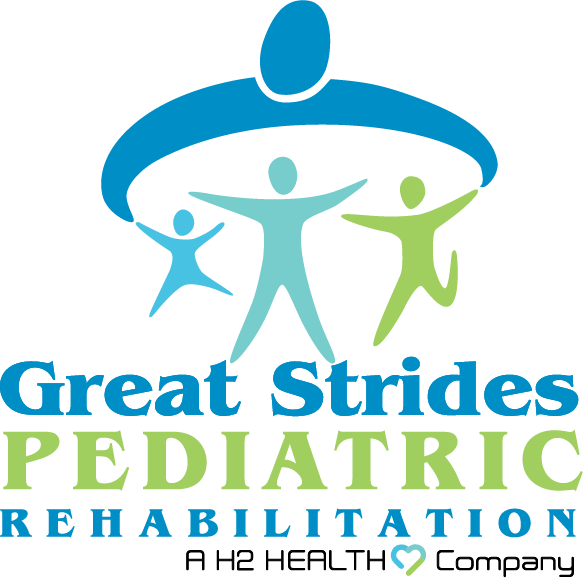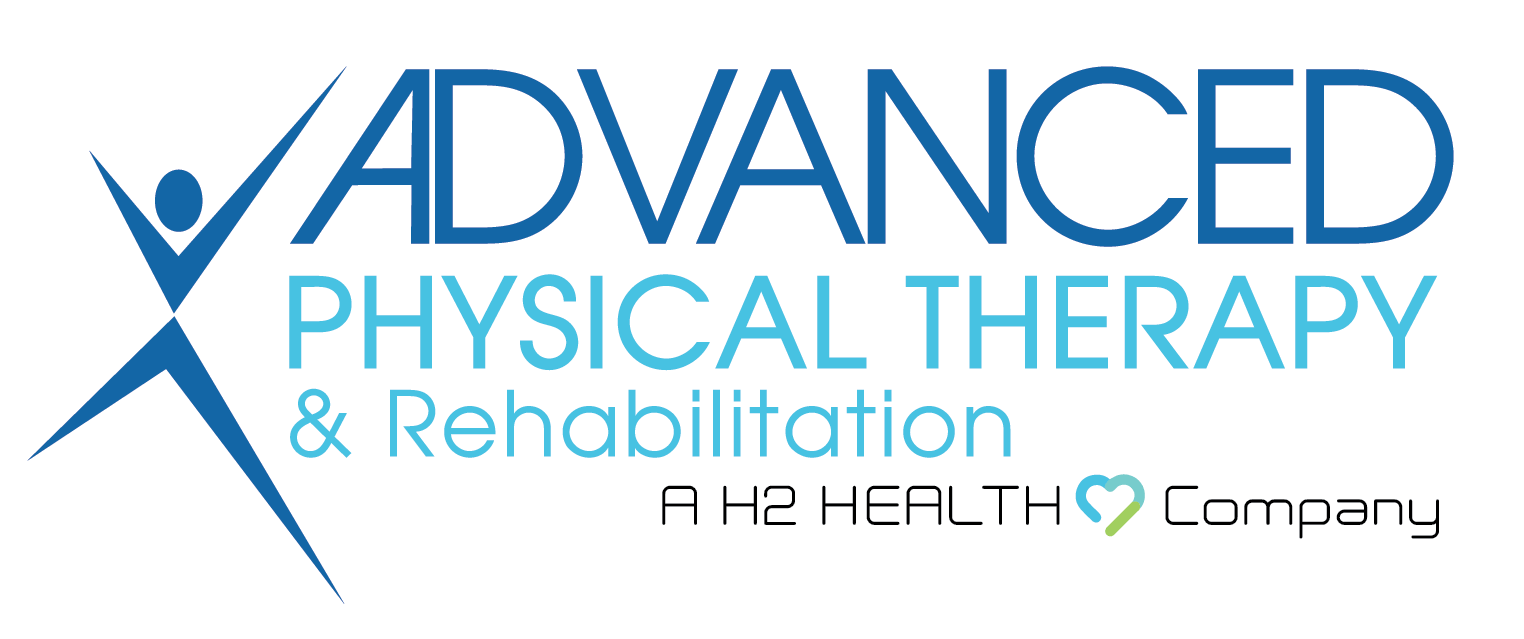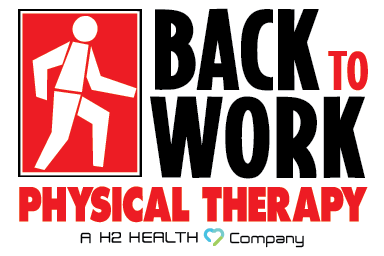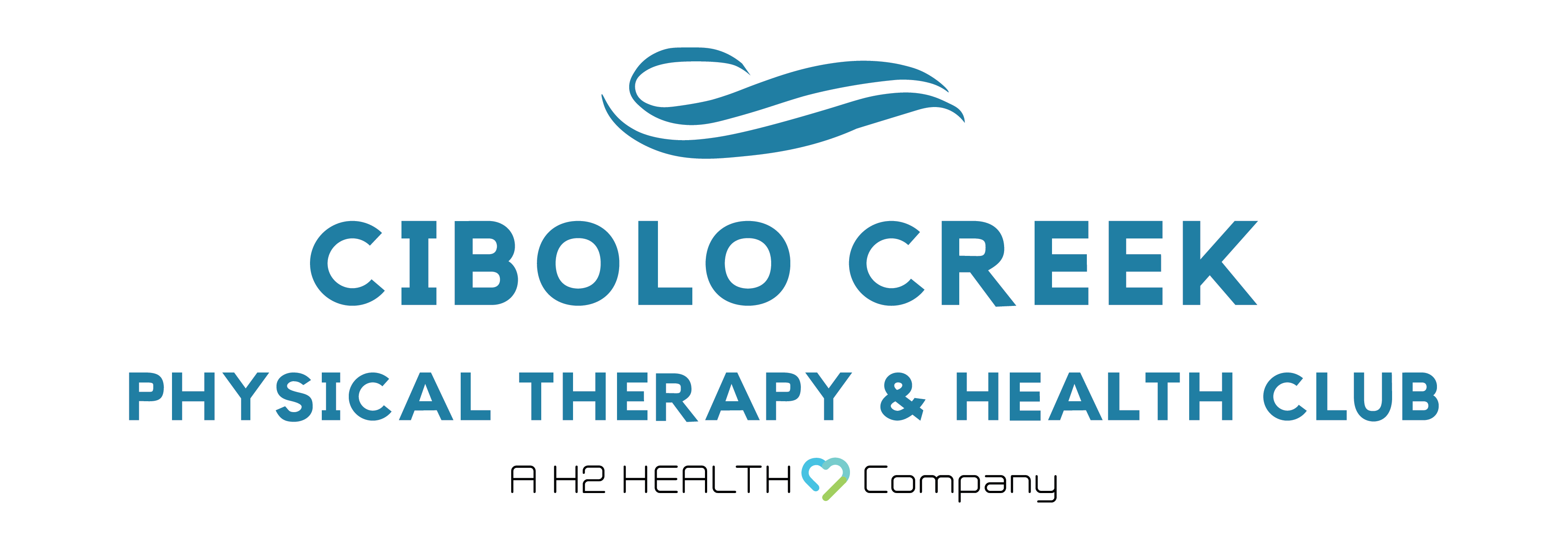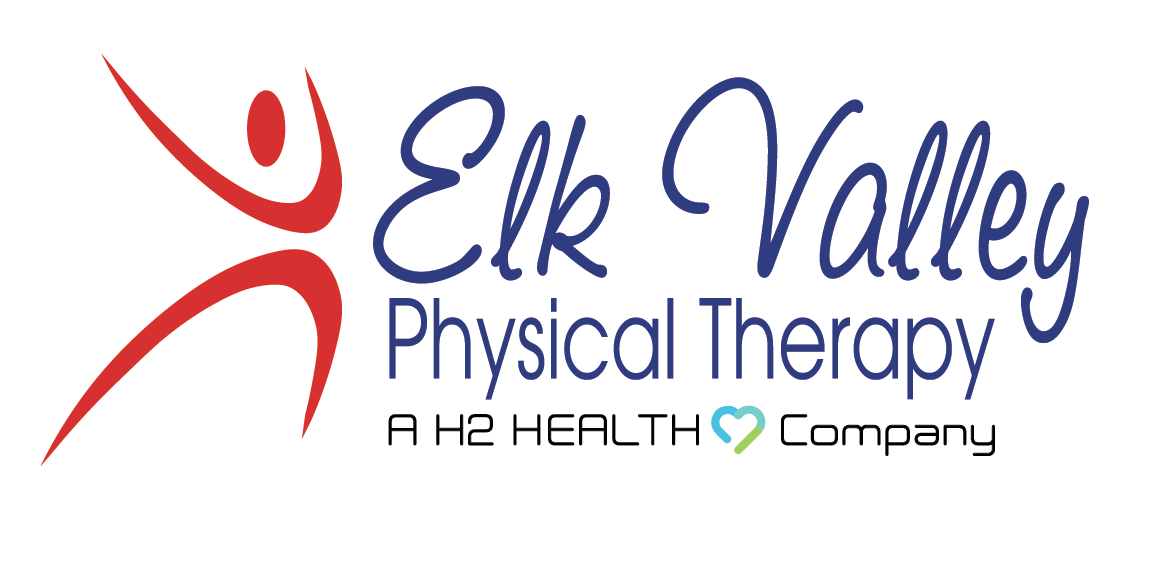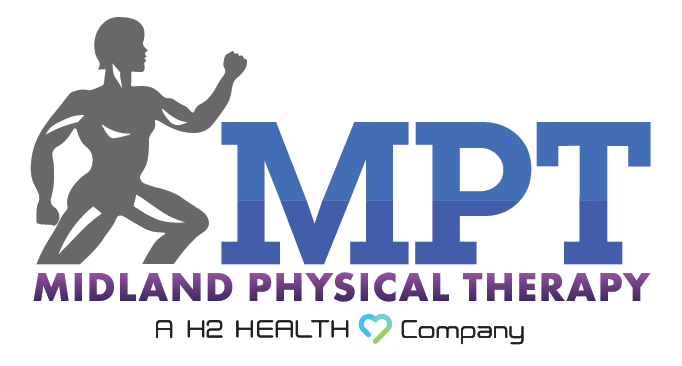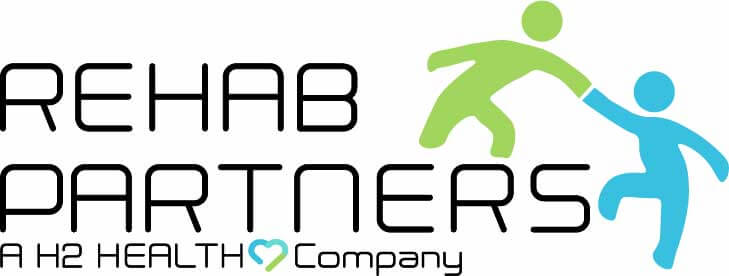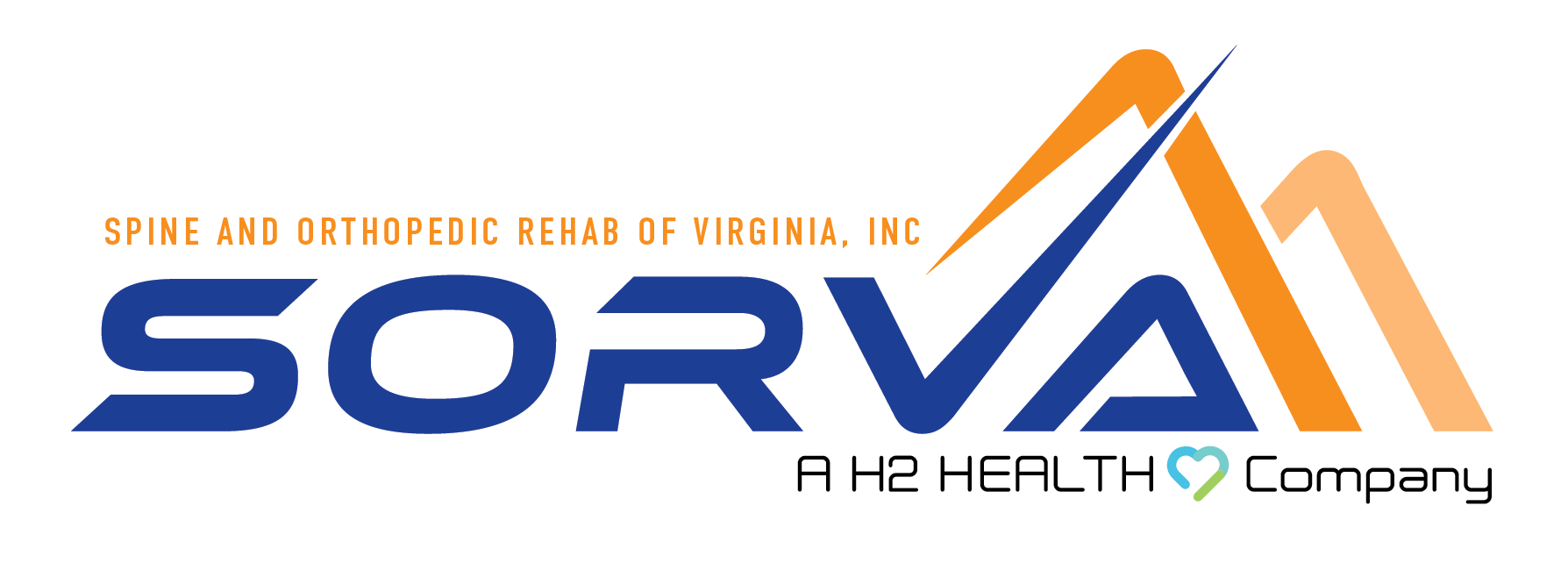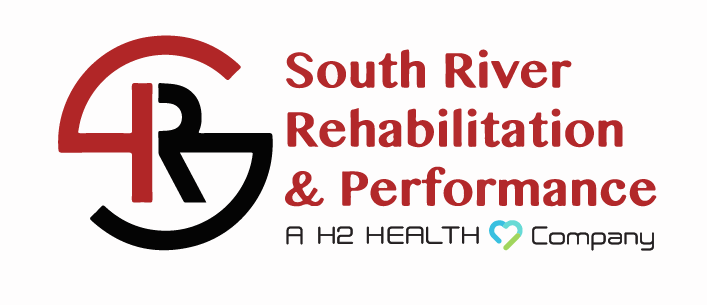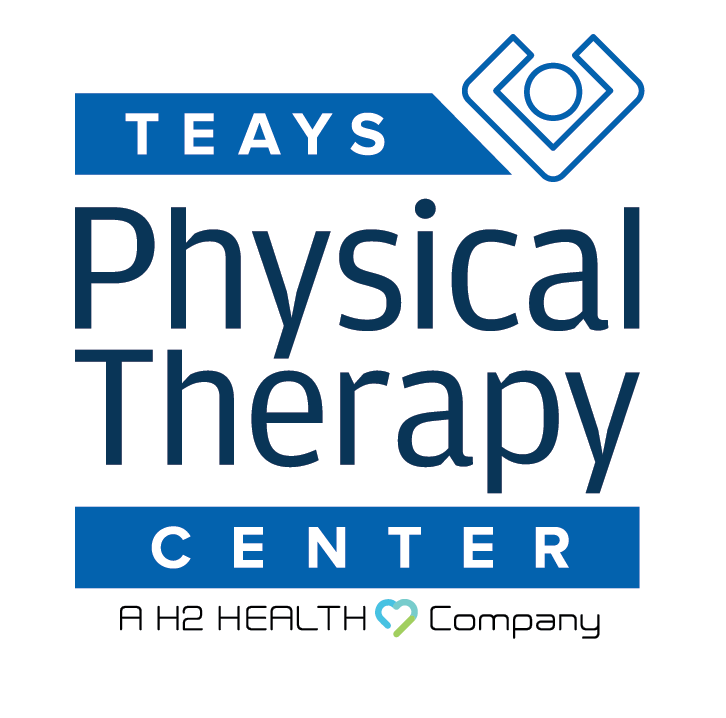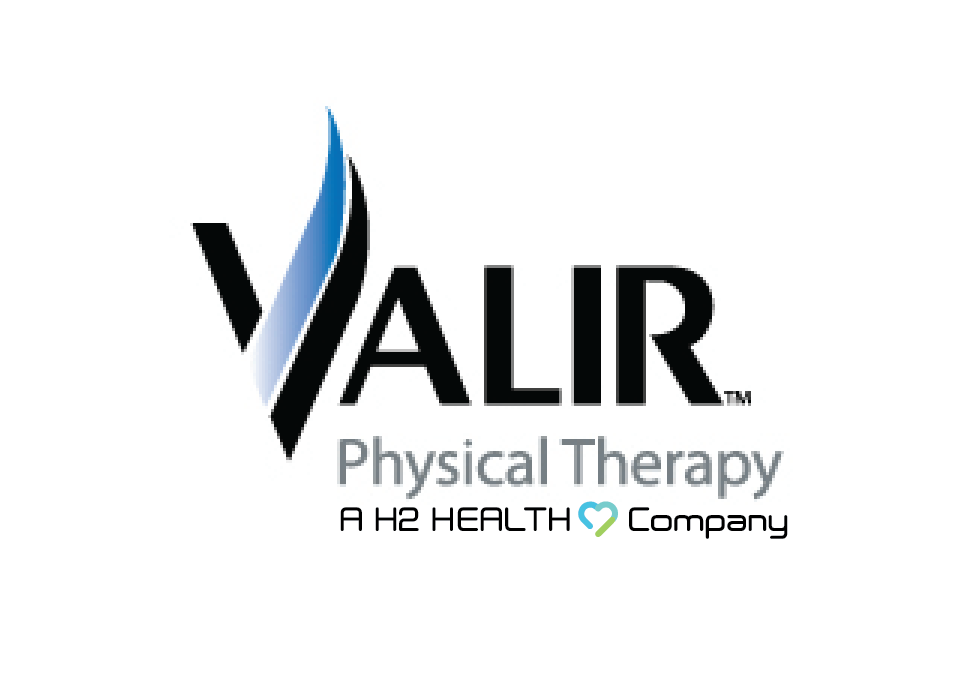
Lower back pain is one of the most common ailments people suffer from. It can be caused by various reasons like poor posture, sudden twisting of the back, strenuous exercise, or sometimes due to more serious underlying medical conditions.
In some cases, lower back pain can indicate a more serious health problem requiring medical attention.
Let’s talk about lower back pain and when you should see a physical therapist. Additionally, we will also talk about the red flags of lower back pain.
Lower Back Pain
Lower back pain often stems from problems with parts of the lower back, such as ligaments, muscles, nerves, or the bony structures of the spine. The severity of the pain can vary greatly, and it might be associated with various activities or postures.
When Should You See a Physical Therapist?
Most lower back pain can be managed at home with rest, over-the-counter pain relievers, and gentle stretching. However, there are circumstances where you should see a physical therapist for lower back pain.
If you are experiencing any following warning signs, you should see a doctor to rule out a serious cause of your lower back pain.
Persistent Pain
If your lower back pain or muscle spasms persist for more than four weeks despite home treatments, it might be time to see a physical therapist. They can devise a personalized treatment plan, including therapeutic modalities and exercises to help manage and alleviate your pain.
Impact on Daily Life
When lower back pain begins to negatively impact your lifestyle, affecting your ability to carry out normal tasks or enjoy leisure activities, it’s advisable to consult a physical therapist.
Pain Accompanied by Numbness, Tingling or Weakness
If you’re experiencing other symptoms along with your back pain, such as numbness, tingling, or discomfort, you should seek help from a physical therapist. A physiotherapist can perform a comprehensive assessment and craft a plan tailored to your unique needs.
Red Flags of Lower Back Pain
Here are some red flags of lower back pain that indicate a serious underlying condition of the back that needs immediate medical attention.
Age
The first red flag is age. Back pain in individuals under 18 who don’t have a history of trauma may indicate a vertebral stress fracture. On the other hand, people over 50 who are experiencing back pain might be dealing with conditions such as tumors or spinal infections.
Nerve Symptoms
Symptoms such as numbness in the groin or inner thigh, incontinence, or weakness in the legs may indicate nerve problems. These symptoms could be a sign of cauda equina syndrome, a serious condition that requires urgent medical intervention.
Cauda equina syndrome occurs when the nerves at the base of the spinal cord are compressed, causing lower body function impairment.
Recent Illness or Fever
If you’re recently ill or experiencing fever, chills, and lower back pain, it might suggest a spinal epidural abscess or infection. An epidural abscess is a collection of pus that can compress the spinal cord, leading to severe complications if not treated promptly.
Trauma History
Major trauma, such as from a car accident or a significant fall, can result in a fracture of the spine. Even minor trauma can cause concern, especially in individuals aged over 50 or those with conditions such as osteoporosis that weaken the bones.
How Physical Therapy Doctors Treat Lower Back Pain?
Physical therapists play a pivotal role in managing lower back pain, a common ailment affecting individuals globally. They create personalized treatment plans based on the severity of the condition, affected area, and underlying cause.
These plans may include exercises, stretches, manual therapy, and other techniques. Therapists utilize heat and cold therapies, electrical stimulation, ultrasound, and massage to reduce inflammation, improve mobility, stimulate healing processes, and manage pain.
Strength and flexibility exercises are a significant part of physical therapy for lower back pain. These target the abdomen and back muscles to enhance their endurance, flexibility, and strength.
For patients whose mobility is limited due to lower back pain, therapists work to improve their range of motion and flexibility using stretching exercises and joint mobilization.
Aside from physical treatments, therapists provide education and lifestyle advice to protect patients’ backs and prevent future pain occurrences. This includes posture correction, advice on proper lifting techniques, and lifestyle modifications like regular exercise and weight management.
They also equip patients with long-term pain management tools, teaching them exercises and stretches for home use. This self-management approach enables patients to manage their lower back pain actively, improving their overall quality of life.
Lower Back Pain Treatment in Virginia
At H2 Health, we have a team of licensed therapists who perform complimentary screenings, injury screening, and balance screening to help determine whether a patient needs therapy for their back pain.
We are proud to offer a comprehensive range of high-quality physical therapy services, including therapeutic exercises, massage therapy, ultrasound therapy, transcutaneous-electric nerve stimulation, and others to help our patients find relief from their back pain.
To learn more or to schedule a consultation, call our office nearest you or use our easy-to-fill appointment form. We look forward to serving you!

